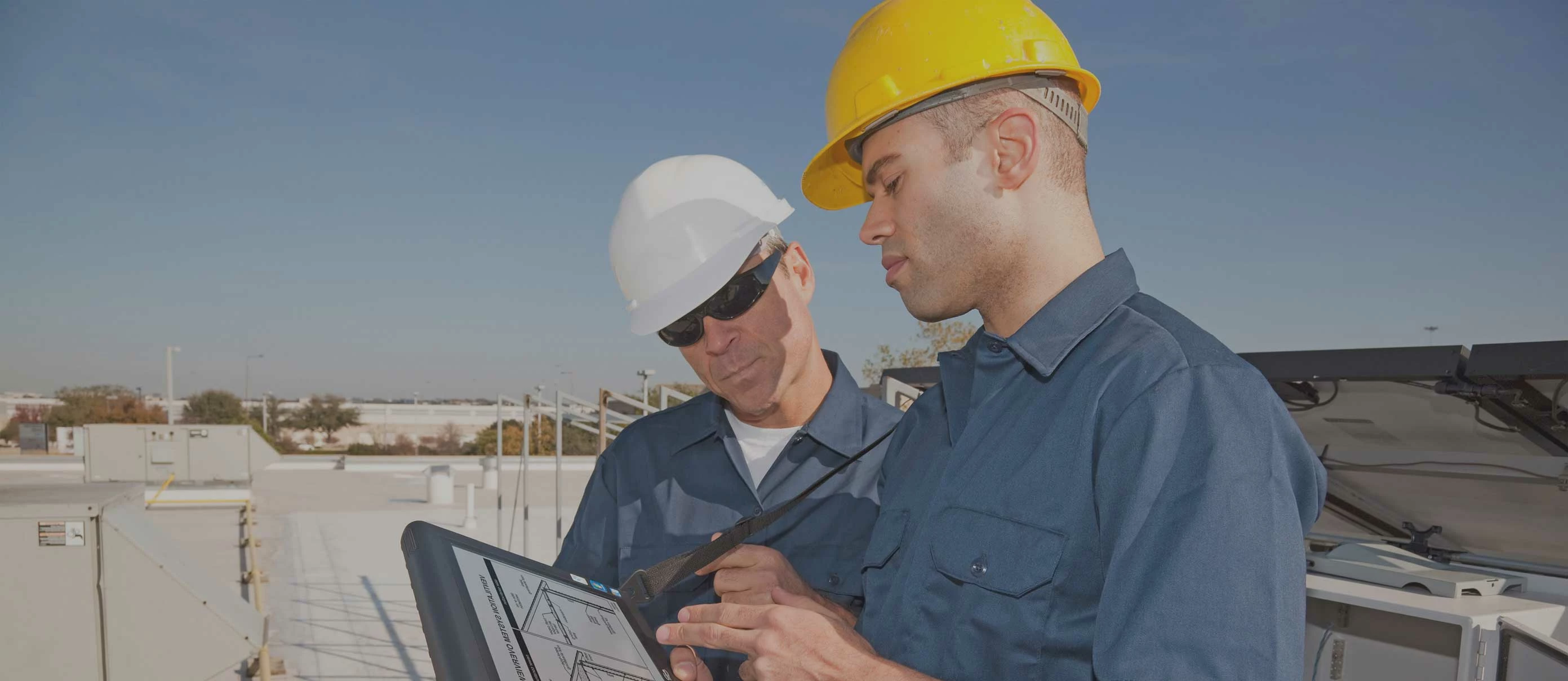
Partner Article
Mixing up the Millennials: How combining skillsets can optimise a workforce
With both Millennials and Gen Z now in the workplace, organisations need to learn how to use their skillsets and strengths to their advantage. Gen Z is the most technologically savvy generation so far, followed closely by Millennials; both generations would struggle to imagine a world or workplace without the internet. In the US, one in three workers is a Millennial, and this level of familiarity with all things digital, differentiating them from Baby Boomers and Generation Xers, can bring multiple benefits to the workplace.
Bridging the technology gapMillennials and Gen Z have a very positive relationship with technology and this is understandable. They grew up with nearly ubiquitous access to the internet. In addition to embracing technology in a variety of forms in their personal lives (for example, social media), these generations take naturally to learning new technology in the workplace, and can adapt quickly to digital environments. They’re happy to accept change, embrace the opportunities that new technologies bring, and even teach themselves about the potential applications of these technologies. By working alongside Millennials and Gen Zers, more experienced generations can gain knowledge about new technology at a quicker rate.
For example, the next generation of engineers can work alongside those who have worked in the field for years to help them adapt to emerging technologies such as artificial intelligence (AI), smart software, and augmented reality (AR) and waerables. By getting to grips with new technology in the workplace and engaging with it relatively quickly, Millennials and Gen Zers have the enthusiasm and adaptability to help drive businesses forward on the technology front, to help create or maintain competitive advantage.
**Sharing knowledge ** In return for this transfer of digital skillsets, Baby Boomers and Generation Xers can share their extensive practical knowledge with newer workers, further bridging the knowledge gap that exists between different generations in the workforce. For example, more experienced members of the team can provide more tacit insights based on their increased exposure to vocational courses and more time spent working in the field, helping augment the skills of younger generations with added practicality.
Baby Boomers and Generation X can begin to take an advisory role within the workplace in jobs that require manual activity (in the construction or telecommunication industry, for example). By doing this, these generations can continue to stay involved in the workplace, even if they take a step back from onsite labour. This collaborative way of working can be influential and beneficial to all: businesses need to adopt a company culture that encourages this positive direction that allows all employees to strive. In addition, when seasoned workers can share knowledge remotely and in real time [could we link to one of our AR-focused older bylines on this?], this reduces the cost of travel for multiple sites, and allows less experienced workers to be more effective in the field without extensive up-front training.
**Adapting the workforce ** The workplace as we know it is changing, and with this change comes new opportunities. Businesses are now keen to hire a mixed workforce that embraces the strengths and skillsets of all ages. An increasing amount of businesses now rely on gig economy workers who work infrequent hours from remote locations, which allows the employees to work when they are available, and businesses to gain skills or expertise on an ad-hoc basis. Hiring a gig economy workforce also gives companies the opportunity to scale up or down as required, while also allowing workers the chance to work when they are available.
With reports that 76% of service organisations have used a third party for service delivery—alongside their regular workforce—workforce availability is at the forefront of business leaders’ minds. Organisations can reap numerous benefits from hiring a blended workforce: gathering a wide variety of experience and knowledge is guaranteed to help propel the business forward in the direction of achieving desired outcomes.
A recent study by CBI revealed that 61% of businesses fear there will be a lack of sufficiently skilled people to fill workplace roles in the future. However, workforces everywhere can be optimised through the combination of skillsets across all generations, including the newer additions of Millennials and Gen Z, whose skills can help bring businesses up to speed. By integrating multiple generations across teams and departments, everyone can benefit, contributing to happier, more productive staff, and ultimately, a more profitable business.
This was posted in Bdaily's Members' News section by Paul Whitelam .








 Creating a thriving North East construction sector
Creating a thriving North East construction sector
 Why investors are still backing the North East
Why investors are still backing the North East
 Time to stop risking Britain’s family businesses
Time to stop risking Britain’s family businesses
 A year of growth, collaboration and impact
A year of growth, collaboration and impact
 2000 reasons for North East business positivity
2000 reasons for North East business positivity
 How to make your growth strategy deliver in 2026
How to make your growth strategy deliver in 2026
 Powering a new wave of regional screen indies
Powering a new wave of regional screen indies
 A new year and a new outlook for property scene
A new year and a new outlook for property scene
 Zero per cent - but maximum brand exposure
Zero per cent - but maximum brand exposure
 We don’t talk about money stress enough
We don’t talk about money stress enough
 A year of resilience, growth and collaboration
A year of resilience, growth and collaboration
 Apprenticeships: Lower standards risk safety
Apprenticeships: Lower standards risk safety